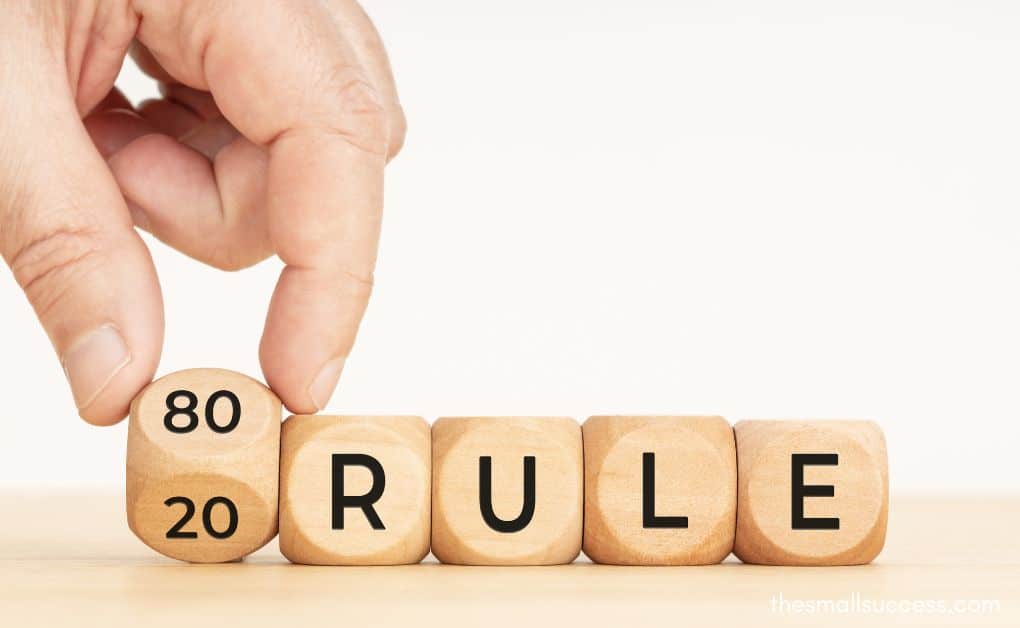In today’s distraction-filled world, working harder no longer guarantees better results. It’s not about doing everything—it’s about doing the right things. Enter the 80/20 Rule, also known as the Pareto Principle—a time-tested productivity hack that can supercharge your output and help you achieve more by doing less.
If you're constantly busy but rarely feel productive, this simple but powerful idea will change how you work forever.
What Is the 80/20 Rule?
The 80/20 Rule states that 80% of outcomes come from 20% of efforts. Originally observed by economist Vilfredo Pareto (who noticed that 80% of Italy’s land was owned by 20% of the population), this principle has been applied across economics, business, and personal productivity.
- 80% of your results come from 20% of your tasks
- 80% of your revenue comes from 20% of your clients
- 80% of your problems come from 20% of causes
The takeaway? If you want to be more effective, identify and focus on the 20% that truly moves the needle.
Why the 80/20 Rule Works
- It eliminates busywork: Not all tasks are created equal. The 80/20 mindset helps you ditch low-value activities.
- It drives clarity: You’ll quickly see which actions yield real impact.
- It boosts ROI: Whether it’s time, energy, or money—you’ll get more out of every unit spent.
How to Apply the 80/20 Rule to Your Workday
1. Identify Your Top 20% Tasks
- Which 2-3 tasks generate the most results?
- Which activities lead to growth, revenue, or impact?
- Which actions could you stop doing with little or no consequence?
These high-impact tasks are your needle-movers.
🔍 Example: If you’re a content marketer, writing SEO-optimized articles that convert might be your 20%. Managing the team’s Slack emojis? Not so much.
2. Do a Time Audit
- Use tools like Toggl or RescueTime to get data.
- Review where your time is going—how much of it is spent on high-value vs. low-value work?
You’ll likely discover that a small portion of your tasks drive most of your wins.
3. Ruthlessly Prioritize
- Start your day with a power task: Focus on a high-leverage activity first.
- Use the Eisenhower Matrix to categorize what’s urgent vs. important.
- Eliminate or delegate low-impact tasks.
💡 Tip: Ask yourself each morning, “What is the one thing I can do today that will make everything else easier or unnecessary?”
4. Automate or Outsource the Bottom 80%
- That 80% of low-yield tasks? It’s not that they don’t matter—but they shouldn’t drain your focus.
- Use automation tools (Zapier, Notion, AI assistants).
- Delegate to virtual assistants or team members.
- Batch similar tasks (e.g., replying to emails at set times).
5. Review and Refine Regularly
- Reassess your top-performing tasks.
- Identify new leverage points as roles or goals evolve.
- Cut anything that’s bloated, outdated, or unproductive.
Real-World Examples of 80/20 in Action
Entrepreneurs
- 80% of profit comes from 20% of their clients.
- 80% of web traffic comes from 20% of content.
- 80% of complaints come from 20% of issues.
👉 Smart entrepreneurs focus on the best clients, highest-performing marketing channels, and major problem areas.
Employees
- 20% of tasks often contribute most to KPIs.
- 20% of meetings deliver 80% of critical decisions.
👉 Savvy professionals double down on key projects, skip unproductive meetings, and protect deep work time.
Freelancers
- 20% of services bring in 80% of income.
- 20% of clients cause 80% of the stress.
👉 Top freelancers niche down, raise rates for high-value clients, and avoid scope creep.
Common Mistakes When Applying the 80/20 Rule
- Misidentifying the 20%
Don’t guess—track your actual results and patterns. - Over-optimizing too soon
Get clarity on what truly matters before cutting too much. - Trying to do it all anyway
The point is to simplify. Let go of the pressure to check every box. - Ignoring quality
Don’t assume doing less means lowering standards. The goal is higher quality output with less wasted effort.
Tools to Help You Implement the 80/20 Rule
- Notion or Trello for task management
- Pomofocus.io for time blocking and focus sessions
- Clockify for time tracking
- Evernote or Obsidian for priority planning
- Zapier for automating repetitive tasks
FAQ
Q: Can the 80/20 Rule apply to personal life, too?
A: Absolutely. 20% of your habits drive 80% of your health, relationships, or happiness. Identify your high-impact routines and double down.
Q: Is the 80/20 split always exact?
A: No—it’s a guiding principle, not a hard law. Sometimes it’s 70/30 or 90/10. The point is that effort and results are often not evenly distributed.
Q: What if everything feels important?
A: That’s usually a sign of overwhelm or lack of clarity. Try a short time audit to distinguish between busywork and true value.
Q: How often should I reassess my 20%?
A: Every 30 to 90 days is a good cadence. As your role or goals evolve, your high-impact activities may shift.
Q: What if my boss expects me to do the full 100%?
A: Focus on communicating value. Show how prioritizing the 20% improves performance, not slacks off responsibility.

